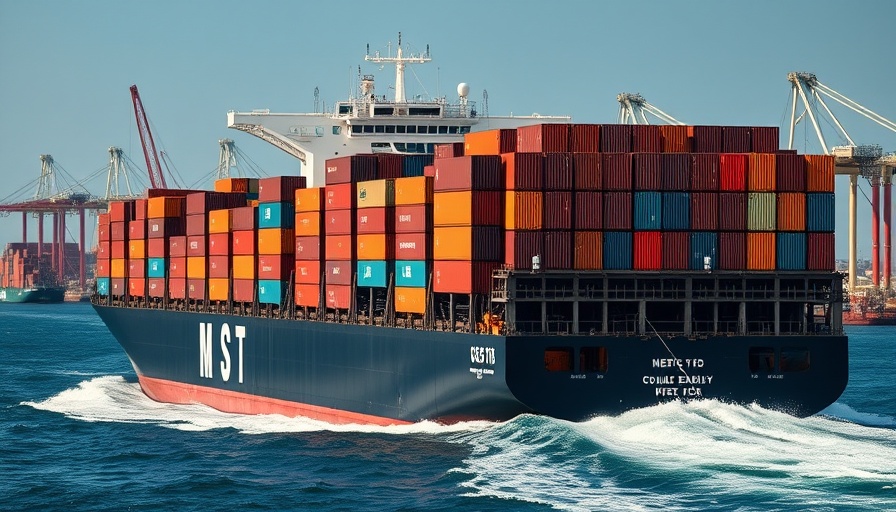
Groundbreaking Global Shipping Agreement: What's in it for California?
In a major development for environmental policy, nearly ten years of negotiations culminated in a landmark global shipping agreement aimed at significantly reducing greenhouse gas emissions. The agreement, recently endorsed by the United Nations International Maritime Organization (IMO), sets forth ambitious targets for the shipping industry to achieve net-zero emissions by 2050. Starting in 2027, the regulations will apply to ocean-going vessels with more than 5,000 gross tonnage, impacting approximately 85% of the marine shipping fleet's carbon dioxide emissions.
Why This Matters: Implications for California
For California homeowners and potential homeowners, the implications of this agreement are profound. As a state actively striving for sustainability, California is home to a wide array of environmental regulations that align with this global effort. The carbon pricing mechanism introduced in the framework will require ships emitting above certain thresholds to reduce their emissions or purchase remedial units. This creates financial incentives for shipping companies to adopt eco-friendly technologies, which may lead to cleaner air and enhanced public health in coastal areas.
How This Affects the Local Economy
The new framework also includes the establishment of the IMO Net-Zero Fund, aimed at supporting research and innovation in developing countries. This presents opportunities for California’s vibrant startup ecosystem to engage in maritime technology advancements and clean energy solutions. As these technologies become more prevalent, they can create jobs and promote energy efficiency in shipping, which is important for a state that heavily relies on its ports for international trade.
Emotional and Social Perspectives on the Agreement
The agreement has drawn mixed reactions, particularly from environmental groups and island states that see it as too lenient. Local residents may find themselves feeling excited about the potential for reduced emissions, but also concerned about whether regulations will be enforced stringently enough to make real change. The disparity between the needs of developed and developing nations adds another layer of complexity to this important environmental issue.
Take Action: How Homeowners Can Get Involved
California homeowners can support these green initiatives by advocating for local policies that align with the goals set in this global agreement, encouraging community participation in sustainability efforts and adopting eco-friendly practices at home. The collective action can amplify the impact of international agreements on local environments and communities.
As California continues its journey toward a greener future, staying informed about global environmental policies like this shipping agreement is crucial. By understanding the broader implications, we can actively engage in the conversation and take meaningful action in our communities.
 Add Row
Add Row  Add
Add 




Write A Comment